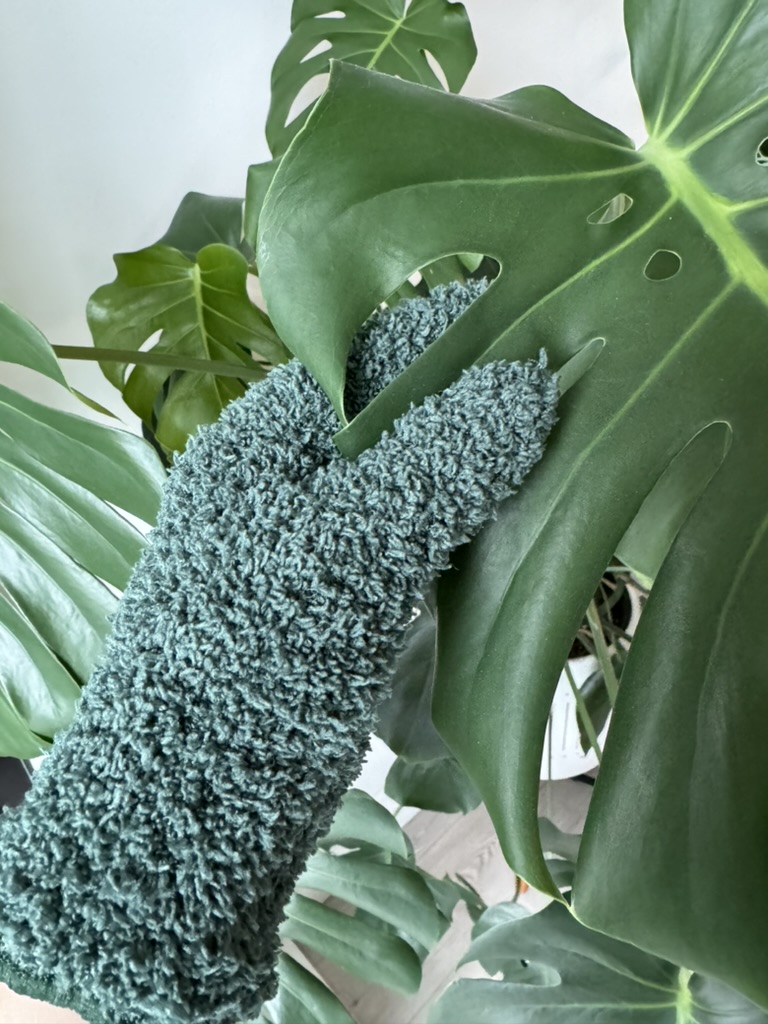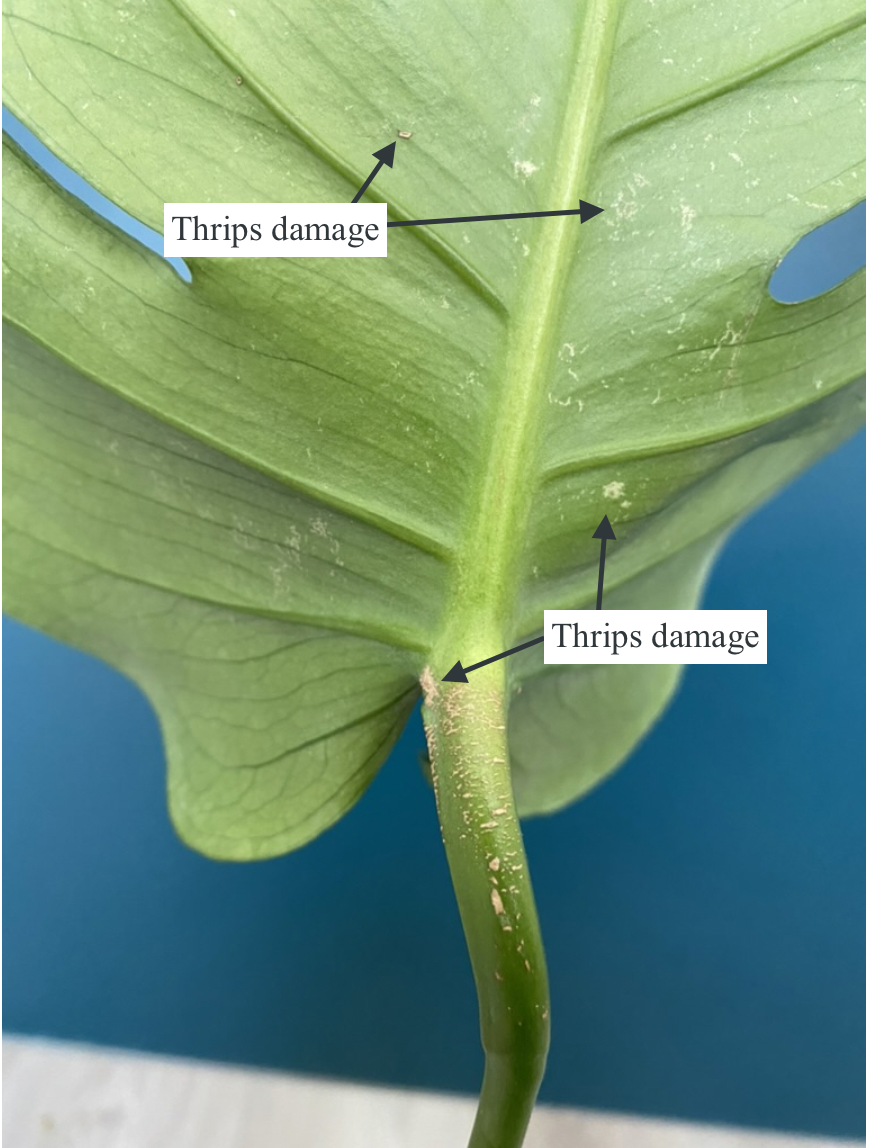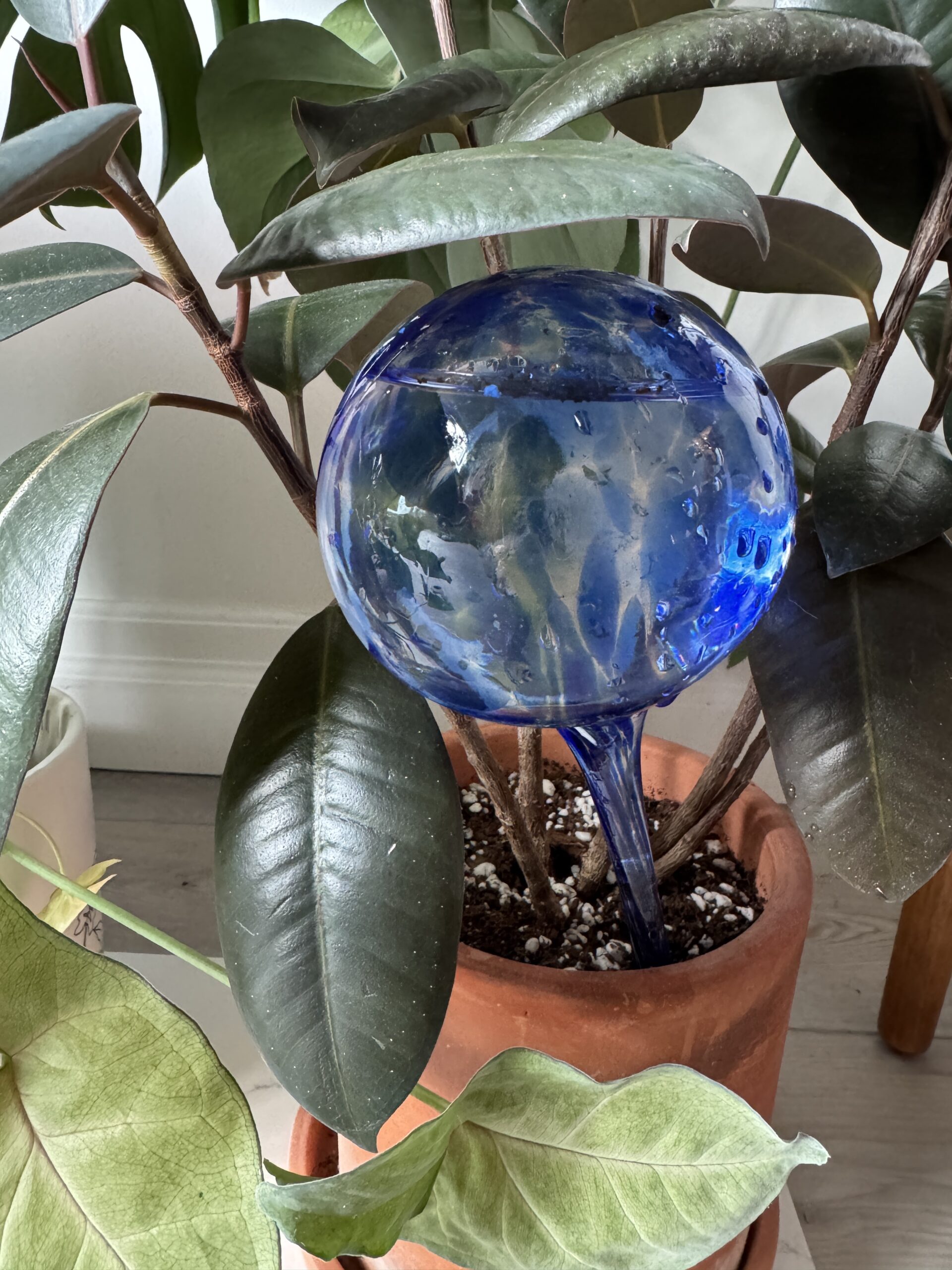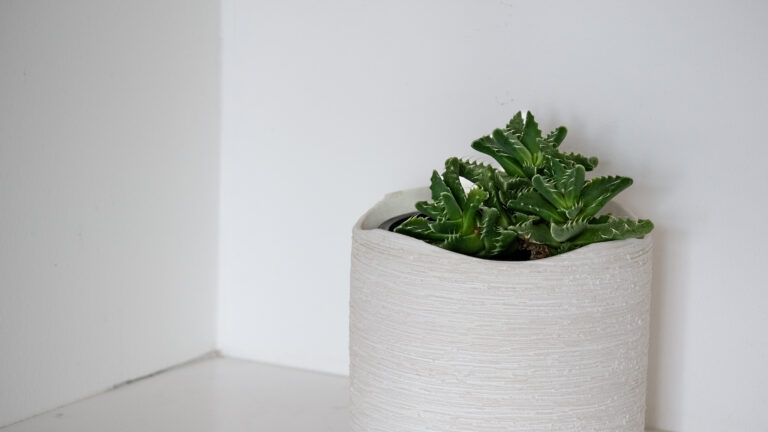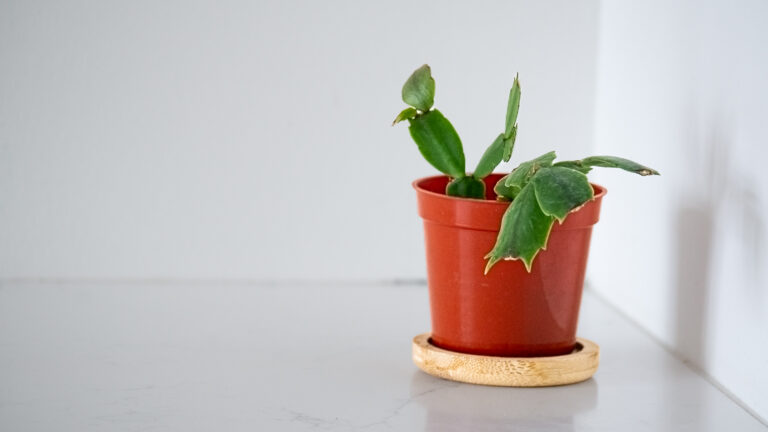Velvet Philodendron or Philodendron gloriosum is a member of the Araceae family and belongs to the Philodendron genus. It is native to South and Central America.
Philodendron gloriosum is referred to as the Velvet Philodendron because of its velvety leaves.
There are around 3,750 species of the araceae family, and the philodendron genus has 621 accepted species.
Velvet Philodendron at a glance.
Philodendron Gloriosum Appearance & Growth Habit
The Velvet Philodendron is known for its dark green, heart-shaped leaves. The veins and stems are a lighter green.
This plant is more of a crawler so it grows more horizontally as opposed to reaching upwards.
The rhizome is a reddish colour.
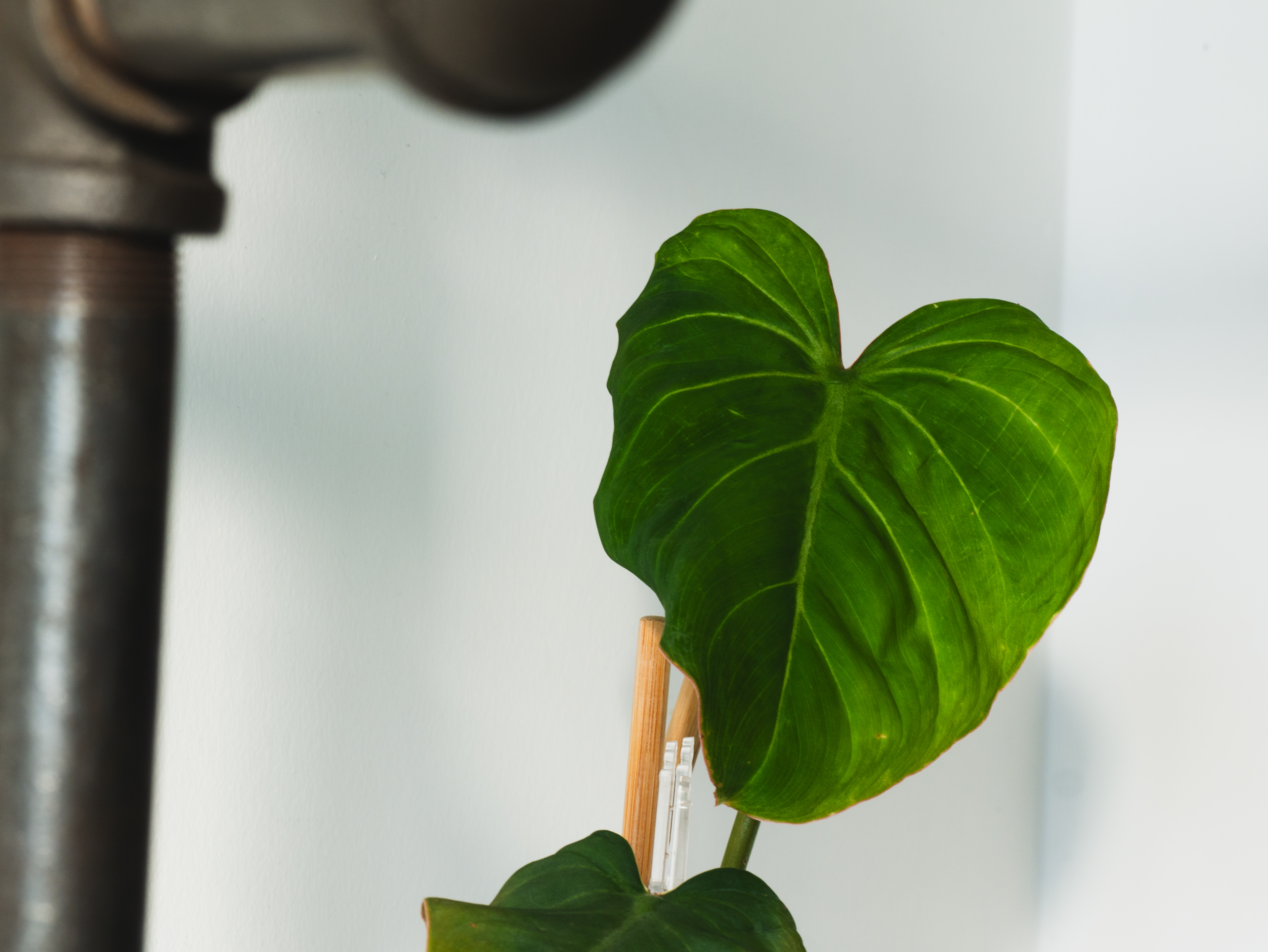
Light Requirements for Philodendron Gloriosum
Velvet Philodendron thrives in indirect, medium light. They prefer to be in the middle of the room with a regular-sized window. Early morning or late evening sun is fine, but they don’t want direct sun for the majority of the day.
I keep my Velvet Philodendron in a southwest facing window, but in the middle of the room.
Ideal Temperature & Humidity for Philodendron Gloriosum
Velvet Philodendron prefers a temperature between 18-29 degrees celsius (65-85 degrees Farenheit).
They also prefer humidity over 50%, but will tolerate average household humidity of 40%. Since they come rainforest regions, they prefer moist air. I keep my Philodendron closer to my Levoit Hybrid Ultrasonic Humidifier (LV600HH).
I use my humidifier to ensure the humidity levels in my apartment stays between 40% and 60%. Since I live in Canada and the winters can be very dry, and the humidity can drop below 30% humidity, so its helpful to set the humidity at about 45% or 50% in this season to keep all of my plants helpful.
Growth Rate and Size of Philodendron Gloriosum
On average, Velvet Philodendron can grow up to 2.5 feet.
New foliage grows from the rhizome of the Velvet Philodendron. The leaf grows up straight out of the rhizome and when wrapped looks a bit more red/purple.
The Philodendron Gloriosum is a slow grower. It can take a month for one leaf to unravel.
To encourage growth, fertilize your Philodendron Gloriosum monthly during its growing season (spring and summer) with a balanced fertilizer to promote lush, healthy foliage.
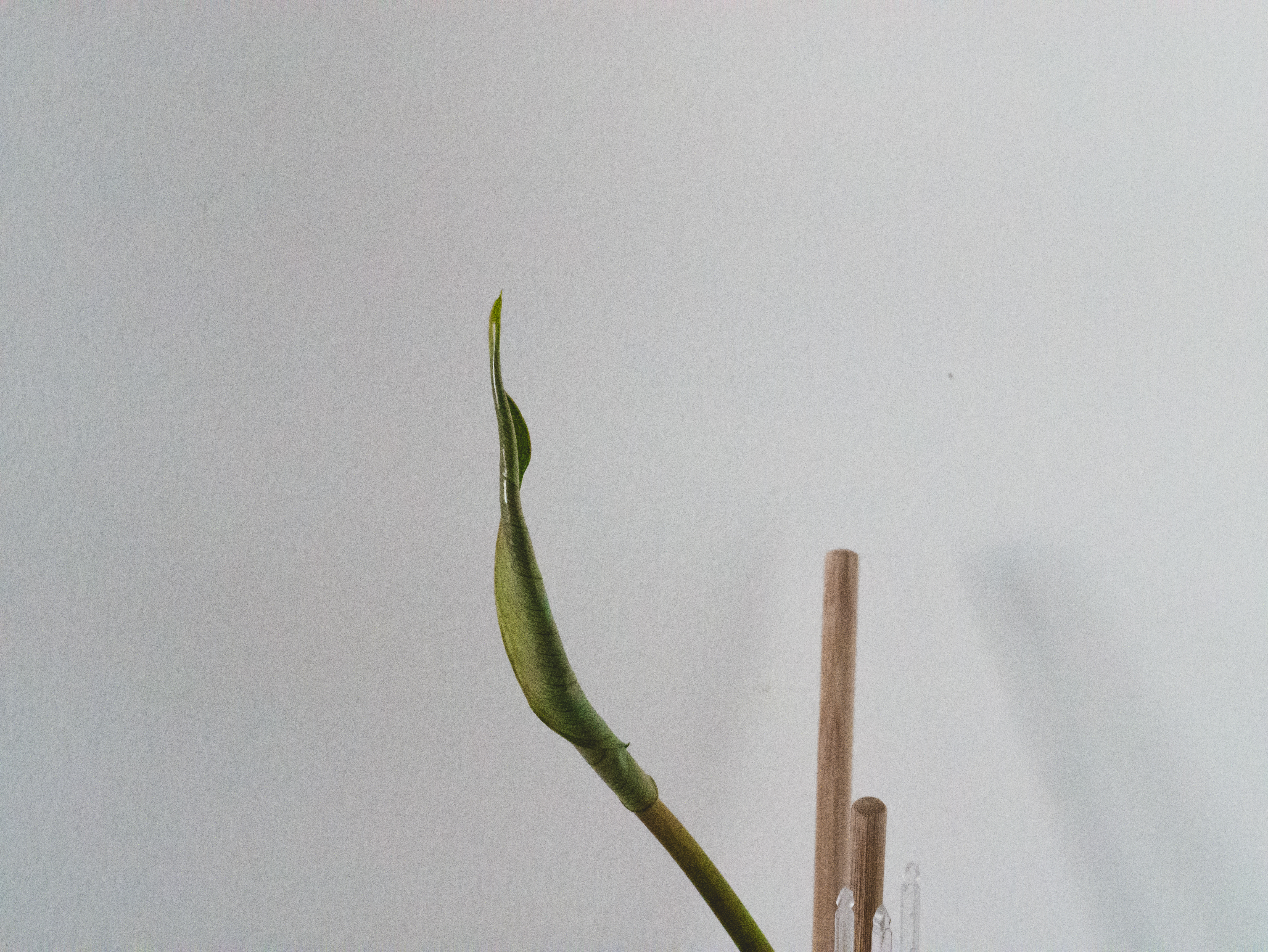
Repotting Philodendron Gloriosum
You will know its time to repot your Philodendron gloriosum if it has been 2 years since its last repot, roots are growing out of the drainage holes, circling the pot, or when growth slows.
The best time to repot is in spring or early summer, when the plant is entering its active growth phase and can recover quicker from being abruptly ripped from its home.
Choose a pot that’s 2 inches larger than its current size, with a drainage hole. Pots with drainage are one of the easiest ways to avoid a common problem of overwatering, and a common pest of fungus gnats.
Use a chunky, well-draining soil mix to support healthy growth. Gently remove the plant, loosen the roots, and trim away any dead or rotting sections before placing it into the new pot.
Water thoroughly after repotting, and keep the plant in bright, indirect light as it acclimates to its new home.
For everything you will need while repotting, check-out my repotting guide.
Blooming Habits of Philodendron Gloriosum
The Velvet Philodendron can bloom, but it rarely flowers indoors. This will only happen if it is living in optimal conditions, and is a mature plant.
It’s flowering period is May to June, and the blooms appear as a classic philodendron inflorescence (a spadix surrounded by a pale spath). They usually last for one to two months.
While these flowers may be fragrant and signify good plant health, they are not particularly showy and are easily overshadowed by the plant’s striking velvety foliage (which remains the main attraction for most growers).
Achieving blooms requires consistent care, including bright, indirect light, proper watering, and high humidity. Most indoor plant parents won’t ever see their gloriosum flower, and that’s still perfectly normal, and doesn’t make you a bad parent!
Propagating Philodendron Gloriosum: Rhizome Cuttings
The easiest way to start a new Velvet Philodendron is by rhizome cuttings.
Velvet Philodendron propagation is a bit unique. To propagate you will have to look at the underground stem of your plant.
The section you plan on cutting should have a 3-6″ stem, few leaves growing out of it, and roots.
Place the cutting into an appropriate potting medium for Philodendron, water, and place in indirect light.
Patience is key with propagation. Give your new plant time to settle into its environment. This can take three to four weeks.
Watering Philodendron Gloriosum: How and When
The Velvet Philodendron likes to be water when the top quarter of the soil is dry (likely once a week, depending on your environment). To determine if your plant needs water, you can stick your finger in the soil (1 to 2 inches) and if it is dry, its ready for water!
If you don’t want to get your hands dirty, you can use a moisture meter.
I typically bottom water my Velvet Philodendron through the drainage hole of the nursing pot on a base tray. It’s the easiest way to know if your plant is thirsty or not. Overwatering can lead to fungus gnats, root rot, or the death of your plant.
You can top water your Philodendron, but it’s best to do so in a pot with drainage until water is flowing out of the hole. If your pot doesn’t have drainage, you might accidentally drown your plant or make some fungus gnats very happy.
You should top water from time to time to make sure any built up minerals can wash through the plant. The water should drip out of the bottom of your drainage hole.
If you are going on vacation, and worried about watering your Philodendron, check-out my guide on 3 ways to keep your plants alive while on vacation.
Common Pests and Problems in Philodendron Gloriosum
Velvet Philodendron can face the following pests and problems.
Velvet Philodendron Pests
- Aphids: Aphids are small, insects that cluster under leaves and stems. They can appear white, brown, black, gray, light green or yellow. If you see distortion, wilting or yellowing leaves on your Velvet Philodendron, this can be a sign of aphids. You should be able to spray them off with a strong stream of water or using insecticidal soap.
- Spider Mites: If spider mites have taken to your Velvet Philodendron, spray them with a mixture of neem oil, dish soap and water (or you can buy an insecticidal soap). You will know you have spider mites if you see webbing and leaf damage. Learn how to get rid of Spider Mites here.
- Fungus gnats: Spray your Velvet Philodendron with a mixture of neem oil, dish soap and water. I also let the soil dry out and add dryer sheets on top of the soil so the gnats can’t sense the moisture on the soil.
Other Common Problems for Velvet Philodendron
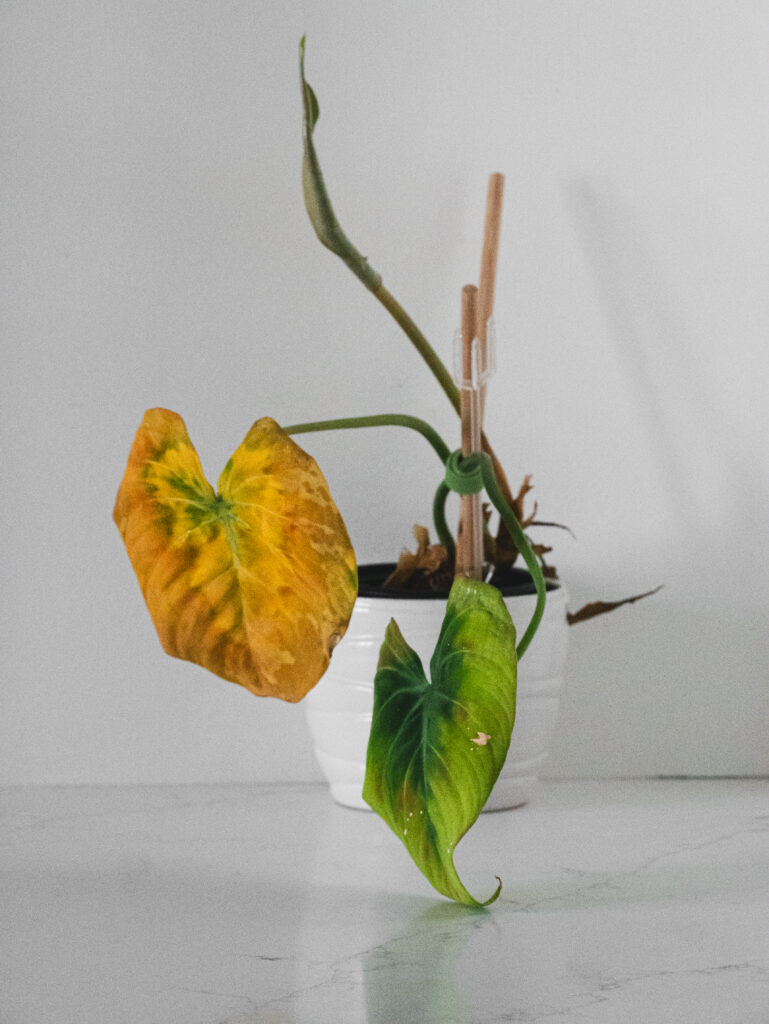
- Drooping Leaves: If the leaves of your Velvet Philodendron are drooping, the most common reason is incorrect moisture levels. Other reasons could be its thirsty, or its overwatered.
- Yellowing Leaves: If you have a new leaf coming in, your Philodendron is likely fine. Plants pull energy from older leaves to support new growth. But it can also indicate over- or under- watering or lighting issues.
- Overwatering: Root rot happens from overwatering your Philodendron with insufficient drainage. You can improve the drainage of your Philodendron by ensuring your plant is potted in a planter with a drainage hole and using a well draining soil (something with a decent amount of perlite). You can also end up with fungus gnats or fungal disease from overwatering.
- Underwatering: Even though plants prefer to be underwatered over overwatered, you still have to remember to water it on a consistent schedule. Signs of underwatering can include leaves becoming shrivelled, discoloured or dry.
- Browning Tips: If your Velvet Philodendron is subject to too much sun or the humidity levels are too low, the Velvet philodendron can get brown tips.
Philodendron Gloriosum Toxicity
Philodendron gloriosum is toxic to both humans and pets if ingested. This is due to the presence of insoluble calcium oxalate crystals in all parts of the plant.
If ingested, these crystals can cause immediate pain, irritation, and swelling in the mouth and throat, leading to symptoms such as drooling, vomiting, difficulty swallowing, and decreased appetite.
Skin contact with the sap may also result in mild irritation or a burning sensation. Severe reactions are rare, but its best to keep this plant out of children and pets for extra precaution.
Seek prompt medical or veterinary attention if ingestion or severe symptoms occur.
Velvet Philodendron Quick Care Guide
| Scientific Name | Philodendron gloriosum |
| Nickname | Velvet Philodendron, Anthurium Gloriosum |
| Origins | South and Central America |
| Light | Indirect, medium light (in the middle of a room that has a regular-sized window) |
| Temperature | 18-29 degrees celsius (preferred) |
| Humidity | Medium-high humidity (50%+ preferred, 40%+ will be tolerated) |
| Height | Up to 2.5 feet |
| Blooms | Yes, but rarely indoors |
| Propagate | Stem cuttings |
| Water Frequency | When top quarter is dry (likely once or twice a week) |
| Pests | Aphids, Spider Mites, Fungus Gnats |
| Common Problems | Overwatering (root rot), underwatering, brown tips, drooping leaves, yellowing leaves |
| Toxicity | Moderate (not safe when ingested) |
References
Below is a list of external sources I consulted while writing this post. This post is a mixture of my own experiences, and the external sources listed below:
Jomo Studio – Philodendron Gloriosum
The Spruce – Philodendron Gloriosum
Philodendron – Wikipedia
Wikipedia – Philodendron Gloriosum
Wikipedia – Araceae
Greg.App – Philodendron Gloriosum Temperature
Rooted Hues – Philodendron Gloriosum

